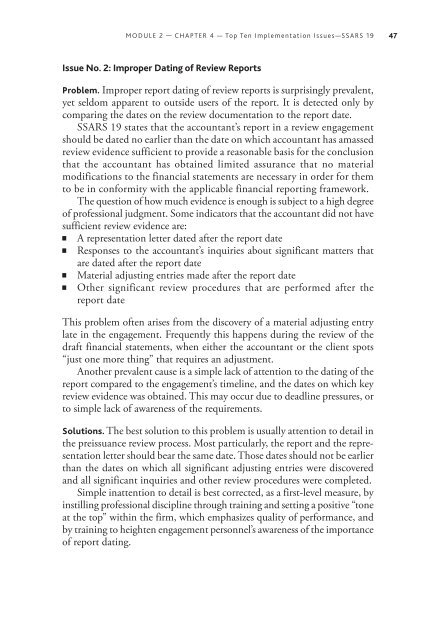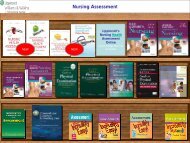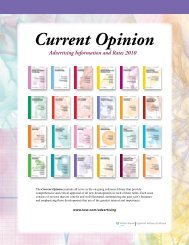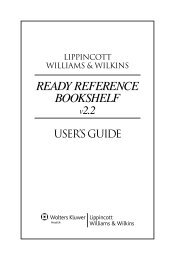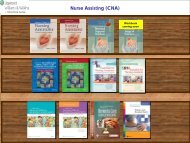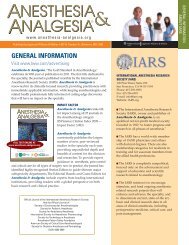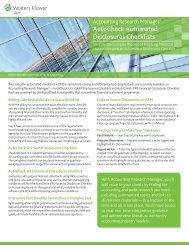TOP AUDITING ISSUES FOR 2013 - CCH
TOP AUDITING ISSUES FOR 2013 - CCH
TOP AUDITING ISSUES FOR 2013 - CCH
Create successful ePaper yourself
Turn your PDF publications into a flip-book with our unique Google optimized e-Paper software.
MODULE 2 — CHAPTER 4 — Top Ten Implementation Issues—SSARS 19 47<br />
Issue No. 2: Improper Dating of Review Reports<br />
Problem. Improper report dating of review reports is surprisingly prevalent,<br />
yet seldom apparent to outside users of the report. It is detected only by<br />
comparing the dates on the review documentation to the report date.<br />
SSARS 19 states that the accountant’s report in a review engagement<br />
should be dated no earlier than the date on which accountant has amassed<br />
review evidence sufficient to provide a reasonable basis for the conclusion<br />
that the accountant has obtained limited assurance that no material<br />
modifications to the financial statements are necessary in order for them<br />
to be in conformity with the applicable financial reporting framework.<br />
The question of how much evidence is enough is subject to a high degree<br />
of professional judgment. Some indicators that the accountant did not have<br />
sufficient review evidence are:<br />
A representation letter dated after the report date<br />
Responses to the accountant’s inquiries about significant matters that<br />
are dated after the report date<br />
Material adjusting entries made after the report date<br />
Other significant review procedures that are performed after the<br />
report date<br />
This problem often arises from the discovery of a material adjusting entry<br />
late in the engagement. Frequently this happens during the review of the<br />
draft financial statements, when either the accountant or the client spots<br />
“just one more thing” that requires an adjustment.<br />
Another prevalent cause is a simple lack of attention to the dating of the<br />
report compared to the engagement’s timeline, and the dates on which key<br />
review evidence was obtained. This may occur due to deadline pressures, or<br />
to simple lack of awareness of the requirements.<br />
Solutions. The best solution to this problem is usually attention to detail in<br />
the preissuance review process. Most particularly, the report and the representation<br />
letter should bear the same date. Those dates should not be earlier<br />
than the dates on which all significant adjusting entries were discovered<br />
and all significant inquiries and other review procedures were completed.<br />
Simple inattention to detail is best corrected, as a first-level measure, by<br />
instilling professional discipline through training and setting a positive “tone<br />
at the top” within the firm, which emphasizes quality of performance, and<br />
by training to heighten engagement personnel’s awareness of the importance<br />
of report dating.


